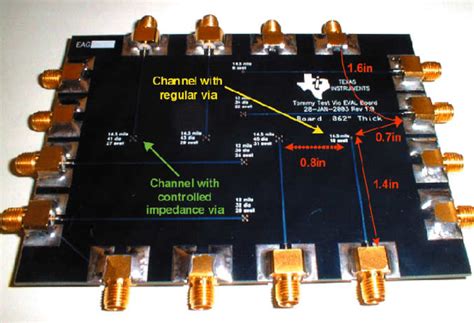
Why is controlled impedance so important
What is Controlled Impedance? Controlled impedance refers to the precise management of impedance within an electrical circuit. Impedance is a measure of the total opposition[…]
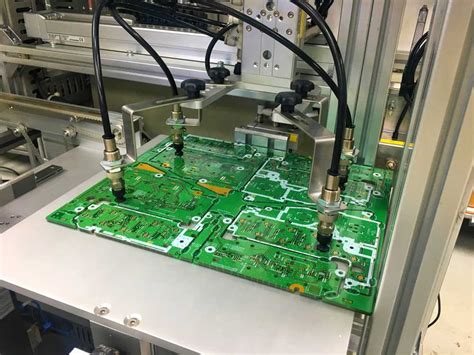
What Is PCB Milling in Your PCB Fabrication
Introduction to PCB Milling PCB milling is a subtractive manufacturing process used in printed circuit board (PCB) fabrication where a milling machine removes copper from[…]
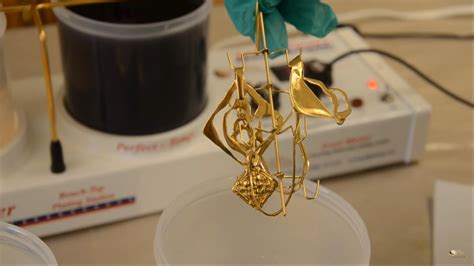
How to Distinguish Between Immersion Gold And Gold Plating
Understanding the Differences Between Immersion Gold and Gold Plating When it comes to applying a thin layer of gold onto electronics, circuit boards, and other[…]
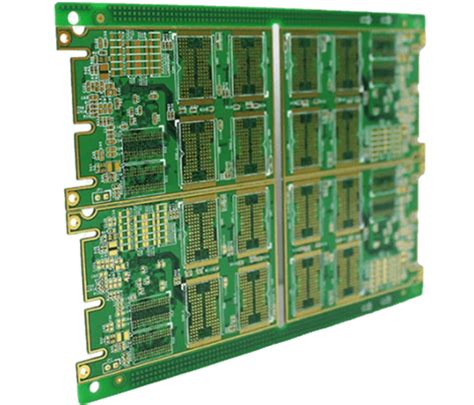
What Is High TG PCB
Introduction to High TG PCB High TG PCB, or high glass transition temperature printed circuit board, is a type of PCB that can withstand higher[…]
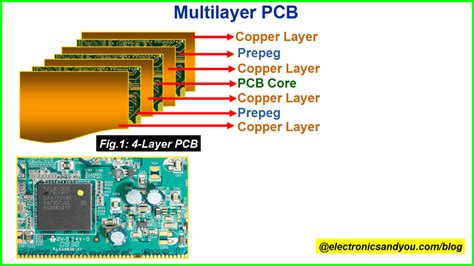
PWB VS PCB: Which Term is Standard Usage for Circuit Boards
What is a Printed Circuit Board (PCB)? A printed circuit board (PCB) is a flat board made of insulating material like fiberglass, composite epoxy, or[…]
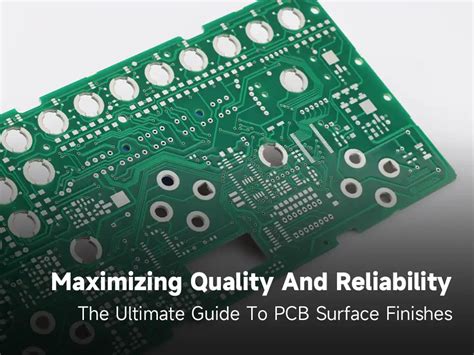
Pros and Cons of 7 PCB Surface Finish Types – Complete Guide
What are PCB Surface Finishes? PCB Surface Finishes are protective coatings applied to the exposed copper surfaces of a PCB, including pads, vias, and through-holes.[…]
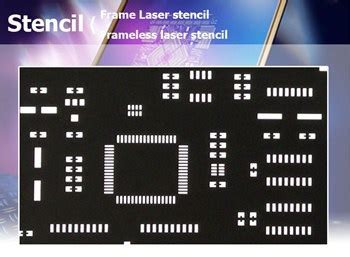
Overall Introduction of PCB Stencils – Types, Use, and Costs
What are PCB stencils? PCB Stencils, also known as solder paste stencils, are thin metal sheets with precise cutouts that correspond to the pads on[…]
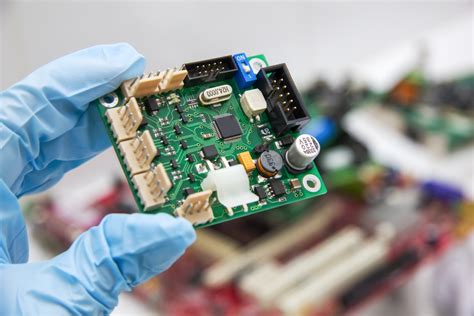
Panel Requirements for PCB Assembly
What are PCB Panels? PCB panels, also known as PCB arrays or PCB matrices, are large printed circuit boards that contain multiple identical PCB designs.[…]
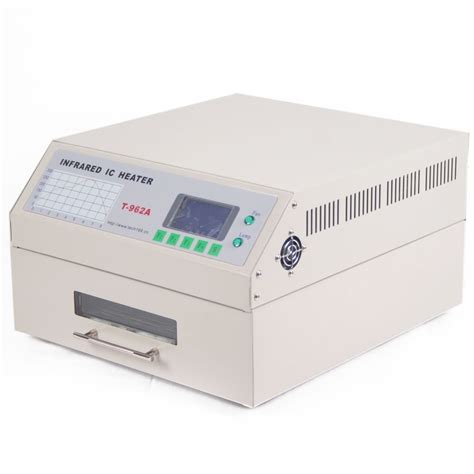
Tips for Reflow Soldering of SMT | Ultimate Guide to PCB Reflow
What is Reflow Soldering? Reflow soldering is a process used in the manufacturing of printed Circuit Boards (PCBs) to attach surface mount components to the[…]
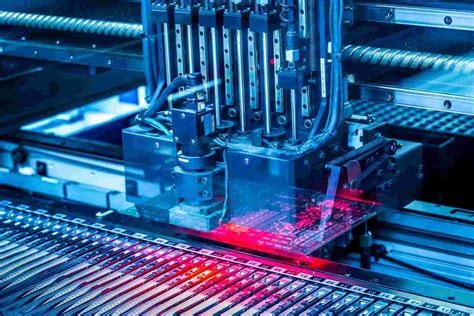
Free IC Programming for PCBA that You Don’t Want to Miss
What is IC programming? IC programming, in the context of PCBA, refers to the process of loading firmware, software, or data onto programmable integrated circuits.[…]